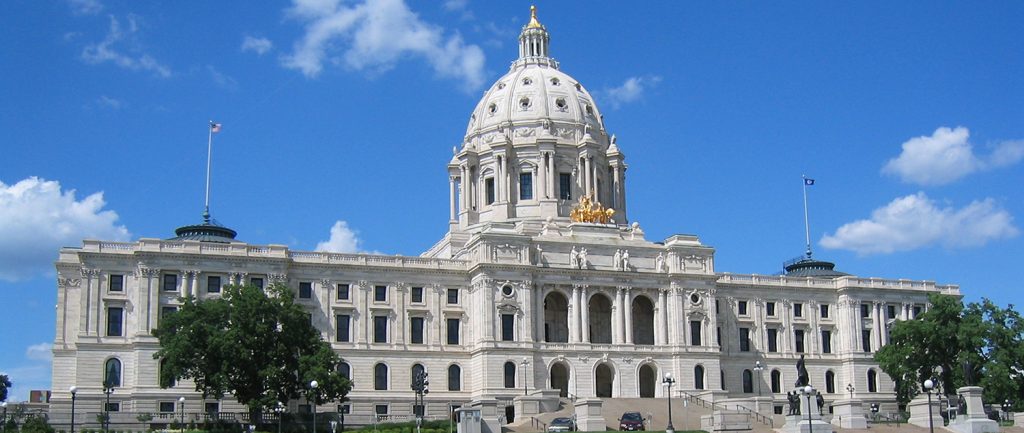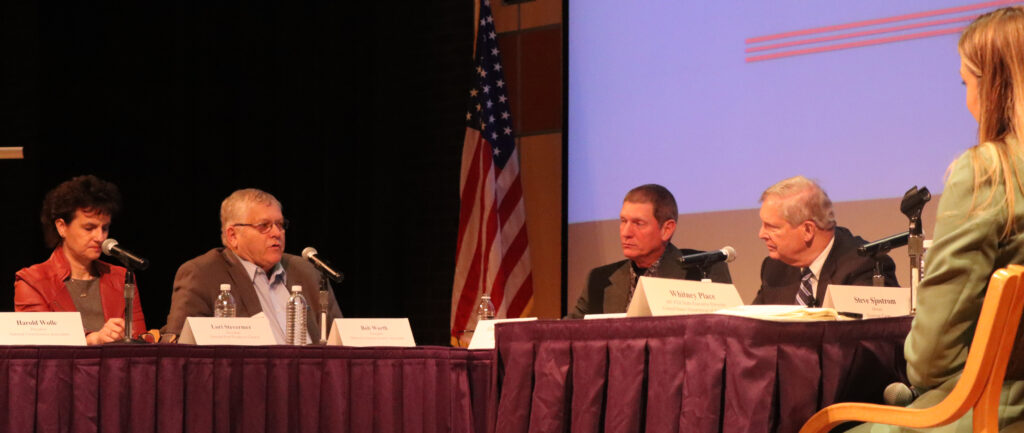Last Friday, Gov. Mark Dayton announced his program to enhance pollinator populations in Minnesota. A number of news reporters called and ask for the Minnesota Soybean Growers Association’s opinion on the Governor’s Executive Order and how it will affect soybean growers. The order was so swift and without consultation from the ag industry that more questions than answers remain, and that’s reason for concern.
Like many other groups, we’ve been digging into the details of the Executive Order. If one looks hard enough, a few interesting facts can be gleaned from the recently released Minnesota Department of Agriculture (MDA) document “Review of Neonicotinoid Use, Registration, and Insect Pollinator Impacts in Minnesota” found here. A much longer white paper is also available for review, however, MDA has proposed eight action steps regarding the use of neonicotinoids.
The first two steps will create a treated seed program and the creation of a dedicated pollinator protection account. The goal of these two steps is to develop a regulatory basis for seed treatments, institute research projects to investigate the effect of different activities on pollinators, provide educational materials developed from these research projects and develop a framework to collect fees to fund these research and education programs.
Step three would require formal verification of need prior to the use of neonicotinoid pesticides where appropriate. The goal is to provide pest thresholds and IPM criteria that will allow MDA to ensure the application of neonicotinoids are made only when “qualified” individuals verify there is a demonstrated pest problem and there is a need for neonicotinoid pesticide use. When questioned about what defines “qualified,” Gregg Regimbal of the MDA pesticide & fertilizer management division, stated that definition has yet to be determined.
Steps four and five relate to homeowner and residential users.
Step six is the development of specific pollinator stewardship materials to educate the various audiences of the state.
Step seven would increase use inspections for insecticides highly toxic to pollinators. How the inspections will be implemented, who will be inspected and who will be conducting the inspections is still to be determined by MDA.
Step eight, review of label requirements for individual neonicotinoid products, is currently being implemented.
After all of that, the question becomes, ‘What can I, a soybean farmer, do?”
The first answer is to practice good integrated management and become a good pesticide steward. Nothing is more important than following best management practices and continuing to show non-farmers we are good stewards of the technology available to us.
This means we need to use prescriptive practices, not prophylactic methods by using pesticides only when needed. Spray for soybean aphids or other insects only when they reach economic thresholds. For soybean aphids, that threshold is at least 250 aphids per plant on at least 80 percent of the plants sampled.
Only use neonicotinoid seed treatment if the need is present. Those situations are typically in fields recently converted from CRP or pasture land to soybean fields, fields where manure was heavily or recently applied with a history of very early soybean aphid infestation (typically surrounded by high populations of buckthorn) or extremely late planted soybeans such as those planted after pea harvest. These actions will also promote predator populations that will help you control problematic insects.
Make no mistake, Gov. Dayton’s Executive Order will impact soybean growers. How we will be impacted and what needs to be done are still in question. But farmers can do their part by continuing to be good stewards. And while you continue to do what you do best, we’ll continue to do what we do best: advocate for you. MSGA is actively engaged with legislators, MDA, University of Minnesota faculty and industry partners to find answers to these questions and help you through these issues.
Tags: neotics



